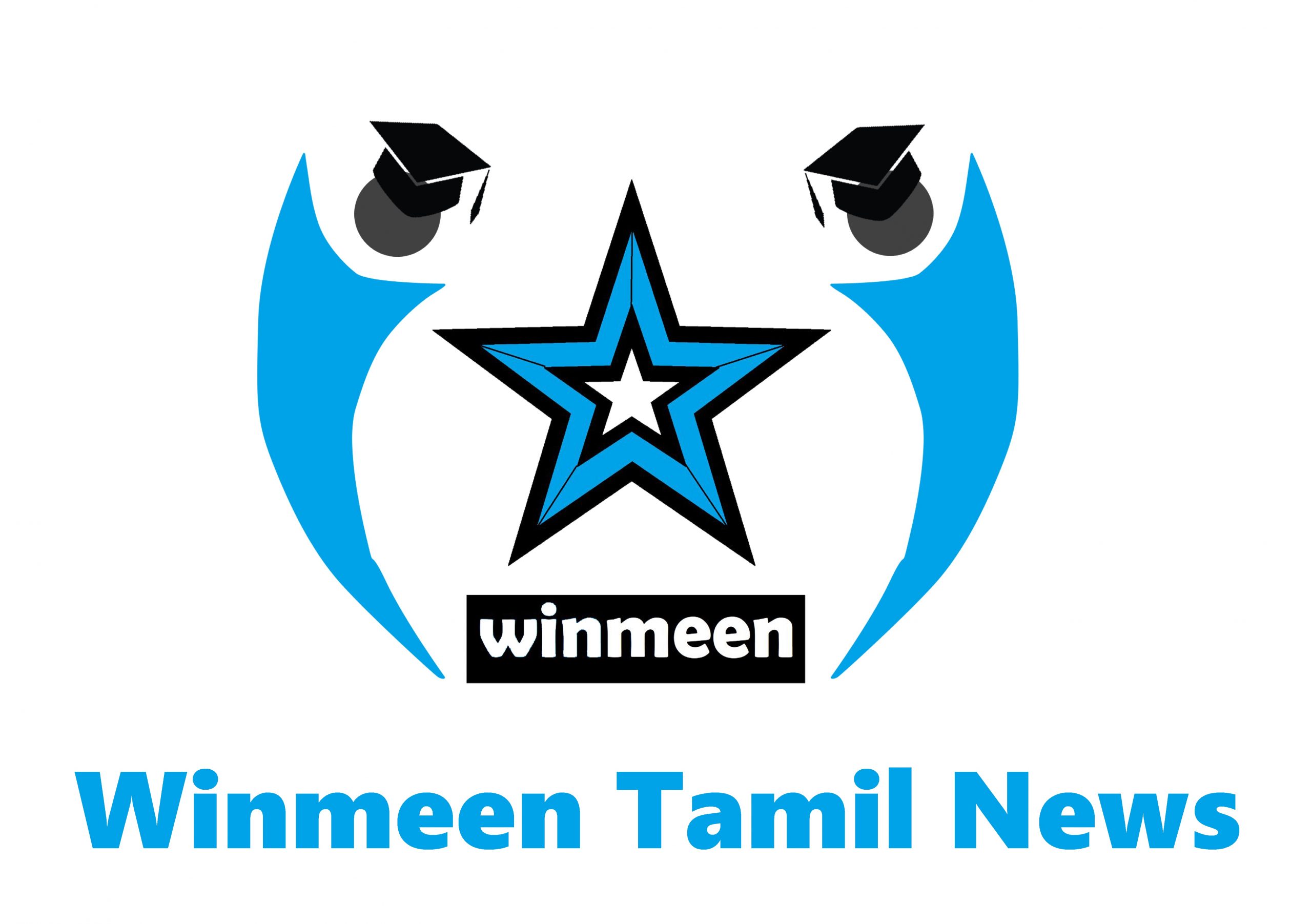2022க்கான் உலக நாடுகளின் பசியற்ற நிலை பட்டியல் வெளியிடப்பட்டது

Global Hunger Index (GHI) 2022 சமீபத்தில் வெளியிடப்பட்டது.
பசியற்ற நிலை பட்டியல் என்றால் என்ன?
GHI ஆனது 2000 ஆம் ஆண்டு முதல் ஐரோப்பிய தன்னார்வ தொண்டு நிறுவனங்களான Concern Worldwide மற்றும் Welthungerhilfe ஆகியவற்றால் வெளியிடப்பட்டது.
பிராந்திய வாரியாக நாடு வாரியாக உலகளாவிய பசியின் பரவலைக் கண்காணிப்பதை இது நோக்கமாகக் கொண்டுள்ளது.
குறைந்த மதிப்பெண் என்பது, சிறந்த செயல்திறனைக் குறிக்கும். குறைந்த மதிப்பெண் பெற்ற நாடு உயர்ந்த இடத்தைப் பெறும்.
ஐக்கிய நாடுகள் சபையின் SDG களில் ஒன்றான “2030 ஆம் ஆண்டிற்குள் பசி இல்லாத நிலையை” அடைய உலகிற்கு உதவுவதே இதன் இறுதி நோக்கமாகும். இது சில உயர் வருவாய் நாடுகளை வரிசைப்படுத்தவில்லை.
இது 4 முக்கிய அளவுருக்களில் கவனம் செலுத்துகிறது – ஊட்டச்சத்து குறைபாடு (போதிய உணவு), குழந்தைகளை குழந்தைகளிடையே கடுமையான ஊட்டச்சத்து குறைபாடு, குழந்தை வளர்ச்சி குன்றிய நிலை (நாள்பட்ட ஊட்டச்சத்து குறைபாடு) மற்றும் குழந்தை இறப்பு (போதிய ஊட்டச்சத்து மற்றும் ஆரோக்கியமற்ற சூழல்).
100-புள்ளி அளவில் 9.9க்கு குறைவாகவோ அல்லது அதற்கு சமமாகவோ மதிப்பெண் பெற்ற நாடுகள், பசியின் “குறைந்த” பிரிவின் கீழ் வரும்.
“தீவிரமான” வகை நாடுகள் 20 மற்றும் 34.9 க்கு இடையில் மதிப்பெண் பெற்றவை மற்றும் “மிகவும் ஆபத்தான” வகை நாடுகள் 50 க்கு மேல் மதிப்பெண்
பெற்றவை. GHI உலகத்தின் சிறப்பம்சங்கள்
உக்ரைனில் போர், காலநிலை மாற்றம், COVID-19 தொற்றுநோயின் நெருக்கடி மற்றும் பொருளாதார தாக்கம் காரணமாக பசியை முடிவுக்குக் கொண்டுவருவதற்கான உலகளாவிய முயற்சிகளில் கடுமையான பின்னடைவைக் காண்கிறது.
உணவு அமைப்பில் உள்ள கட்டமைப்பு சமத்துவமின்மை மற்றும் சக்தி சமச்சீரற்ற தன்மை போன்ற பசியின் அடிப்படை காரணிகளால் இந்த நிலைமை மோசமடைகிறது.
இந்த சவால்களால் “பசியற்ற நிலை” (Zero Hunger) என்ற இலக்கை அடைய முடியாது.
இந்த தசாப்தத்தின் முடிவில் 46 நாடுகள் பட்டினியைக் குறைந்த அளவிற்குக் கூட குறைக்கும் அடையாது.
2022 இல், உலகளாவிய பசி (18.2 GHI மதிப்பெண்ணால் அளவிடப்படுகிறது) மிதமானதாக வகைப்படுத்தப்படுகிறது. இது 2014 மதிப்பிலிருந்து (19.1) குறைந்துள்ளது.
2014 முதல், மிதமான, தீவிரமான அல்லது ஆபத்தான மதிப்பெண்களுடன் 20 நாடுகளில் பசி அதிகரித்துள்ளது.
பல தசாப்தங்களின் வீழ்ச்சிக்குப் பிறகு அதிகரித்த ஊட்டச்சத்து குறைபாடு மீண்டும் வந்துள்ளது. 2021 ஆம் ஆண்டில் 828 மில்லியன் மக்கள் ஊட்டச்சத்து குறைபாட்டுடன் இருப்பதாக மதிப்பிடப்பட்டுள்ளது – இது பல தசாப்தகால முன்னேற்றத்தின் குறிப்பிடத்தக்க மாற்றமாகும்.
குழந்தை சத்தான உணவை உட்கொள்ள முடியாத விகிதம் அதிகரித்துள்ளது மற்றும் குழந்தை இறப்பு விகிதம் மற்றும் குழந்தை வளர்ச்சி குன்றிய விகிதம் தொடர்ந்து அதிகரித்துள்ளது.
தெற்காசியா மற்றும் துணை-சஹாரா ஆப்பிரிக்காவில் (அதிக பட்டினி நிலைகளைக் கொண்ட முதல் 2 பகுதிகள்) பசியின் அளவு தீவிரமானது.
தெற்காசியாவில் உலகிலேயே அதிக குழந்தை வளர்ச்சி குன்றிய விகிதமும், அதிக குழந்தை ஊட்டச்சதுக் குறைபாடும் விகிதம் உள்ளது.
சப்-சஹாரா ஆப்பிரிக்காவில் உலகிலேயே அதிக ஊட்டச்சத்து குறைபாடு மற்றும் குழந்தை இறப்பு விகிதம் உள்ளது.
“பசியற்ற நிலை” இலக்கை அடைவதிலிருந்து உலகை தடுக்கும் முக்கிய தடையாக பருவநிலை மாற்றம் உள்ளது.
இந்தியாவின் செயல்திறன்
121 நாடுகளில், இந்தியாவின் GHI தரவரிசை 2021 இல் 101 இல் இருந்து இந்த ஆண்டு 107 ஆக குறைந்துள்ளது.
அதன் அண்டை நாடுகளான நேபாளம் (81), பாகிஸ்தான் (99), இலங்கை (64) மற்றும் பங்களாதேஷ் (84) ஆகிய நாடுகளுக்குப் பின்னால் உள்ளது.
109 ஆவது இடத்தில் உள்ள ஆப்கானிஸ்தான், இந்தியாவிற்கு பின்னால் உள்ள ஒரே ஆசிய நாடு.
நான்கு குறிகாட்டிகளிலும் இந்தியாவின் மதிப்பெண் மோசமாக இருந்தது, குறிப்பாக கடுமையான ஊட்டச்சத்துக் குறைபாடு அதிகமாக உள்ளது.
கடுமையான ஊட்டச்சதுக் குறைபாடு 2014 இல் 15.1 இல் இருந்து 19.3 ஆகவும், நாள்பட்ட ஊட்டச்சத்து குறைபாடு 2014 இல் 14.8 இல் இருந்து 16.3 ஆகவும் அதிகரித்துள்ளது.
உலகிலேயே அதிக கடுமையான ஊட்டச்சதுக் குறைபாடு இந்தியாவில் உள்ளது – 1998-1999 இல் இருந்ததை விட இது அதிகம்.
குழந்தை இறப்பு (3.3) மற்றும் குழந்தை வளர்ச்சி குன்றிய நிலை (35.5) ஆகிய இரண்டு குறிகாட்டிகளிலும் இந்தியா தனது செயல்திறனை மேம்படுத்தியுள்ளது.
Global Hunger Index 2022
The Global Hunger Index (GHI) 2022 was released recently.
What is Global Hunger Index?
The GHI has been released since 2000 by the European NGOs – Concern Worldwide and Welthungerhilfe.
It aims to track prevalence of global hunger by region and by country.
A low score means the country will be ranked higher, implying a better performance.
Its ultimate aim is to help the world achieve “Zero Hunger by 2030” – one of the SDGs of the United Nations. It does not rank certain high income countries.
It focuses on 4 main parameters – undernourishment (inadequate food), child wasting (acute undernutrition among children), child stunting (chronic undernutrition) and child mortality (inadequate nutrition and unhealthy environment).
Countries scoring less than or equal to 9.9 on a 100-point scale will come under “low” category of hunger.
The “serious” category countries are those that score between 20 and 34.9 and “extremely alarming” category countries are those scoring above 50.
Highlights of the GHI
World is witnessing a serious setback in global efforts towards ending hunger because of war in Ukraine, climate crisis and economic impact of the COVID-19 pandemic.
This situation is exacerbated by underlying factors of hunger like structural inequality and power asymmetries in the food system.
Goal of “Zero Hunger” will not be achieved because of these challenges.
An estimated 46 countries will not achieve even a “low” level of hunger by the end of this decade.
In 2022, the global hunger (measured by a GHI score of 18.2) is categorized as moderate. This is a decrease from the 2014 value (19.1).
Since 2014, hunger has spiked in 20 countries with moderate, serious or alarming scores.
Increased undernourishment has made a comeback after decades of decline. An estimated 828 million people are undernourished in 2021 – a significant reversal of decades of progress.
Child wasting rate has stagnated and child mortality rate and child stunting rates continue to decrease.
Hunger levels in South Asia and Sub-Saharan Africa (top 2 regions with highest hunger levels) are serious.
South Asia has the highest child stunting rate and highest child wasting rate in the world.
Sub-Saharan Africa has the highest undernourishment rate and child mortality rate in the world.
Climate change is the major hurdle that will prevent the world from achieving “Zero Hunger” target.
India’s performance
Out of 121 countries, India’s GHI ranking fell from 101 in 2021 to 107 this year.
It is ranked behind its neighbors – Nepal (81), Pakistan (99), Sri Lanka (64) and Bangladesh (84).
Afghanistan, at the 109th position, is the only Asian country ranked behind India.
India’s score in all four indicators was poor, especially for the prevalence of child wasting.
Child wasting has increased from 15.1 in 2014 to 19.3 and child undernourishment increased from 14.8 in 2014 to 16.3.
India has the highest child wasting rate in the world – higher than it was in 1998-1999.
India improved its performance in other two indicators – child mortality (3.3) and child stunting (35.5).

